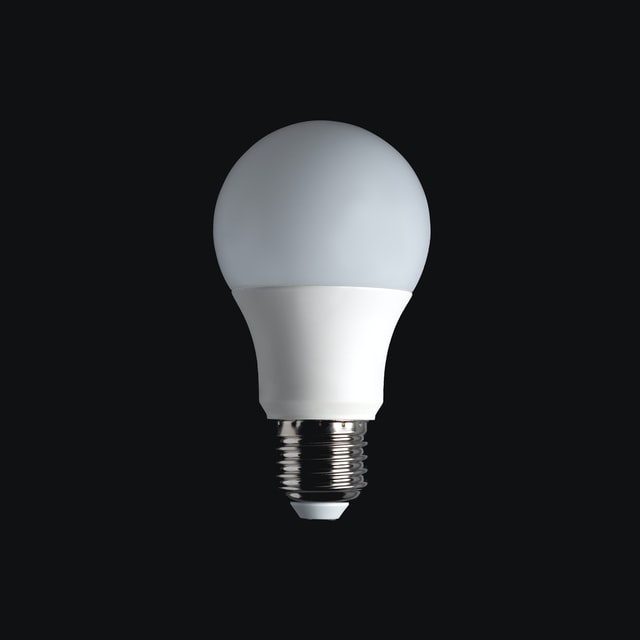LED lamps; is it should buy? How much do they cost? Which bulbs are more cost-effective? Main parameters of the LED lamp. How much light quality do new LED lamps give? Read other answers in the article – a review. If you still do not know what kind of new generation lamps they are, then first read the article – What are LED lamps? If you have already mastered this lighting technology and know its advantages, let me on the website tell you from personal experience how a person who bought an LED lamp and uses it.
Many people today are thinking about the problem of saving light, and those who started saving it with the help of energy-saving bulbs are also thinking about safety. It is worth remembering that energy-saving bulbs contain mercury. In contrast, light bulbs do not have anything harmful to health, and no ultraviolet radiation is detrimental to the eyes, after which it damages the eyes and worsens vision.
Which bulbs are more cost-effective?
We will compare energy-saving bulbs, LEDs, and incandescent bulbs. Still, they are out of date and only speed up the speed of the electricity meter.
- With 100 W incandescent lamp: energy saving lamp consumes 20 W and LED only 12 W.
- With an incandescent lamp of 75 W, the energy-saving lamp consumes 15 W and LED only 10 W.
As you can see, the LED lamp will be 1/3 more efficient than the energy-saving lamp and 7, 5-9 times more efficient than the incandescent lamp.
Today (at the end of 2012), LED lamps have a small minus-this is their price. It is 3-5 times more expensive than energy saving and 20 times more expensive than incandescent. But it must bear in mind that they can save electricity, and manufacturers guarantee their service life from 30,000 to 50,000 working hours. It is 3-4 times more homeowners and 30-50 thousand times more than ordinary lamps. Simple lamps do not even burn their 1000 hours guaranteed by the manufacturers under the passport. They fly out very often before their resource runs out. Now calculate for yourself what is more cost-effective!
Were you given the responsibility for a simple incandescent lamp? Of course not. The energy-saving bulb is usually guaranteed for up to 2 years; for an LED bulb, you get a warranty card of 3 to 5 years. Do not throw away the box and the check. If there is anything, you can always change it. I got a five-year warranty on the LED lamp. It is usually written on a box.
Main parameters of LED lamp
- Energy consumption lamps are measured in watts (short “W” or in English “W”). This is the electricity consumption per hour. Less is better.
- Luminous flux or amount of light measured in lumens (short “Lm” or “Lm”). This parameter is responsible for the ability of the lamp to illuminate the room as much as possible. Man’s perception of light measures this power of light. This parameter in the lamp, the more, the better.
- Light distribution angle. It is measured in degrees; it is also a critical variable, as, at a minimal angle, the lamp will shine only with a beam in one place. Try to keep this parameter at least 150 °. A lamp with a distribution angle of 160 ° can already please the high-quality light distribution around the room.
- Light temperature – color. This variable affects the color of the light emitted by the lamp. Designation – ° Kit can be of the following types: 2700 ° K – the light has a yellow tint, it is perfect to use at home, it is calm and does not hurt the eyes; 3500 – lighter light; 4000-5000 ° K – characterized by white light; color temperature more than 5000 emits cold white light, it is better to use it only for street lighting and shop windows. A light bulb with a color temperature of 2700-3500 ° K would be an ideal choice for an apartment room. Higher temperature lamps can damage the eye when reading books.
- Lifetime is the parameter I wrote about above. The ego is calculated from the number of hours a lamp can operate. LED lamps have 30,000 to 50,000 working hours. Typically, after 25,000 working hours, light quality can deteriorate by 10 to 20%.
- Color rendering index (luminous activity or energy efficiency) – measured in lumens per watt, Lm / W (Lm / W). It is a parameter that shows how efficiently the lamp’s electricity turns into light. The larger this parameter is, the better. Put – more light and less energy consumption.

I have listed the main parameters of an LED lamp that are worth paying attention to. Still, there are other insignificant:
- Base type (for regular bulb – E27)
- Number of LEDs
- Current strength (mA)
- Lamp size
- Voltage (usually working from 170 to 240V )
- Number of on / off (usually 100,000)
I forgot to mention that compared to energy saving (mercury), these lamps start immediately, and the latter need heating and cannot withstand frequent on / off.









Leave a Reply